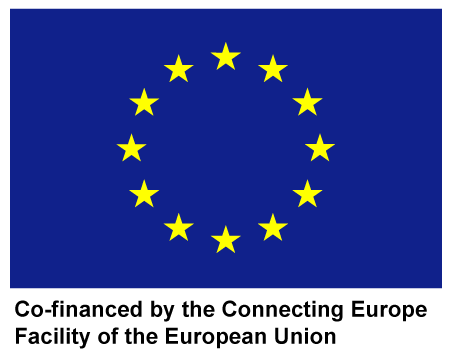
Cooperative Urban
Mobility Portal
Explore Connected and Cooperative Mobility

Cooperative
Urban Mobility Portal
Explore Connected and Cooperative Mobility
Blind Spot Detection (BSD)
Blind Spot Detection warning aims to detect and warn the drivers about other vehicles of any type located out of sight.
Participating actors include vehicle drivers, who receive the presence of a vehicle in a designated blind spot location information on the in-vehicle display, road operators, who may signal the presence of a vehicle in the designated blind spot location, and service providers, who disseminate the information about the presence of a vehicle in the designated blind spot location to vehicle drivers.
The objective of Blind Spot Detection warning is to provide timely in-car driving assistance information on the presence of a vehicle in a designated blind spot location in the driving direction of the vehicle.
Invisible
Your content goes here. Edit or remove this text inline or in the module Content settings. You can also style every aspect of this content in the module Design settings and even apply custom CSS to this text in the module Advanced settings.
Business models
Taking into account various stakeholders’ views, a list of business model blueprints that address current or future challenges of urban areas, together with their operating and value-capture scenarios depicting the inner-workings of the business models, and the exchange of costs-benefits among stakeholders, have been created for the Blind Spot Detection warning servic
Invisible
Your content goes here. Edit or remove this text inline or in the module Content settings. You can also style every aspect of this content in the module Design settings and even apply custom CSS to this text in the module Advanced settings.
Architecture
ITS-G5
In case of ITS-G5 communication technologies the Roadside System, e.g. camera, detects vehicles in a blind spot and provides this information to the Roadside Unit. This information is further sent through the Communication Provider Back Office to the Service Provider Back Office. The Service Provider Back Office will then send those detection information using the Roadside Unit to reach the On-Board Units.
Cellular
In case of cellular communication technologies the Roadside System, e.g. camera, detects vehicles in a blind spot and provides this information to the Traffic Management System. This information is further sent through the Communication Provider Back Office to the Service Provider Back Office. The Service Provider Back Office will receive location data for Personal Information Devices. The Service Provider Back Office will then send those detection information using the Communication Provider Back Office.
Invisible
Your content goes here. Edit or remove this text inline or in the module Content settings. You can also style every aspect of this content in the module Design settings and even apply custom CSS to this text in the module Advanced settings.
Architecture schema
Detailed information about Blind Spot Detection architecture can be found here.
Invisible
Your content goes here. Edit or remove this text inline or in the module Content settings. You can also style every aspect of this content in the module Design settings and even apply custom CSS to this text in the module Advanced settings.
Within the C-MobILE project the Blind Spot Detection service is implemented in four Deployment Sites: Bilbao, Bordeaux, and North Brabant.
Invisible
Bilbao
Note: This service is currently deployed as a proof of concept.
Invisible
Bordeaux
Invisible
North Brabant
In North Brabant the Blind Spot Detection service is implemented (as a proof of concept) using cellular communication technology. The service warns vulnerable road users (and specifically cyclists) about the risk of collision with other vehicles when they are approaching a blind spot in the city road network. This service is ensured thanks to the camera detection system developed and deployed by Macq.




This website has received funding from the European Union’s Horizon 2020 Research and Innovation Programme
under Grant Agreement number 723311.
